“Kiongozi Wa Kivuli” – The Shadow Law
“Kiongozi Wa Kivuli,” translated from Swahili as “The Sentinel of Shadow Law,” is a commanding ancestral artifact steeped in symbolism, restraint, and spiritual justice. This mask, with its angular, solemn form and intense geometric rigidity, evokes traditions from the Lega, Dan, or Kwele people—cultures known for their use of mask art to represent moral authority, elder wisdom, and spiritual enforcement.
Carved from a solid block of hardwood and displaying a weathered surface marked by time and use, this mask communicates power not through flamboyance but through its raw structural gravity. With a flattened oval shape and rigid planes defining its cheeks, brow, and nose, it emits the presence of an entity carved for ritual enforcement—perhaps used in secret initiations, judicial assemblies, or ancestor-related rites.
The square, deeply recessed eyes—painted with aged red pigment—create an intense stare that seems to watch through both physical and metaphysical realms. This was not a mask worn by just anyone. It was likely reserved for high-ranking initiates or elders charged with maintaining moral law. In societies such as the Lega’s Bwami or the Dan’s Poro society, masks of this form were sacred. They were not simply danced; they were consulted—as visual manifestations of ancestral conscience and order.
The central ridge of the face, from brow to chin, is sharply delineated—suggesting a symbolic axis of truth, separating the left and right, the spiritual and the material. The exaggerated nose, almost architectural in proportion, may represent heightened perception or an “ancestral breath” channel. The mouth, set in a tight oval with an etched midline, appears silent yet resolved—an emblem of disciplined speech and internalized power.
What’s particularly compelling about Kiongozi Wa Kivuli is its minimalist aesthetic. Unlike masks that incorporate fringe, raffia, or animal motifs, this one relies solely on sculptural force and subtle pigment contrast to convey its authority. The coloration—deep umber, faded crimson, and natural earth tone—has been naturally aged through smoke exposure, oil, and ritual handling. These elements are not decorative; they were applied to preserve, consecrate, and empower the object.
At the top of the mask is a circular crown-like section with small perforations. These holes likely served for suspension or for affixing the mask to a headdress or veil, further concealing the identity of the wearer and enhancing the spiritual anonymity required during sacred performances. In many Central and West African traditions, this anonymity transforms the performer into an emissary of the ancestors, no longer speaking as a man but as a spiritual envoy.
The sides of the mask feature side tabs or flanges—perhaps symbolizing ears, structural stability, or flanking protective spirits. These might have originally supported textiles, feathers, or symbolic regalia lost over time. Regardless, they add a sculptural width to the otherwise compressed, vertical format, creating a visual architecture that mirrors authority and symmetry.
In ritual contexts, this mask could have been used to maintain societal order. Masks of this nature often presided over ceremonies that taught moral codes, judged disputes, or reminded the community of sacred obligations. It was never just art—it was enforcement, memory, and law carved in wood.
In modern interior environments, Kiongozi Wa Kivuli introduces a bold narrative of ancestral authority. It pairs exceptionally well with minimalist design schemes due to its rigid lines and earthy tones, but its spiritual symbolism adds a layer of complexity. It is equally at home in a museum case, a meditation hall, or the curated wall of a collector who values art that speaks of ethical legacy and ancestral sovereignty.
To own such a piece is to take part in a historical continuum—one where art was not divorced from law, and beauty was measured by symbolic function. This is not merely a mask; it is a carved conscience, an arbiter in stillness, a legacy of unseen guardianship.

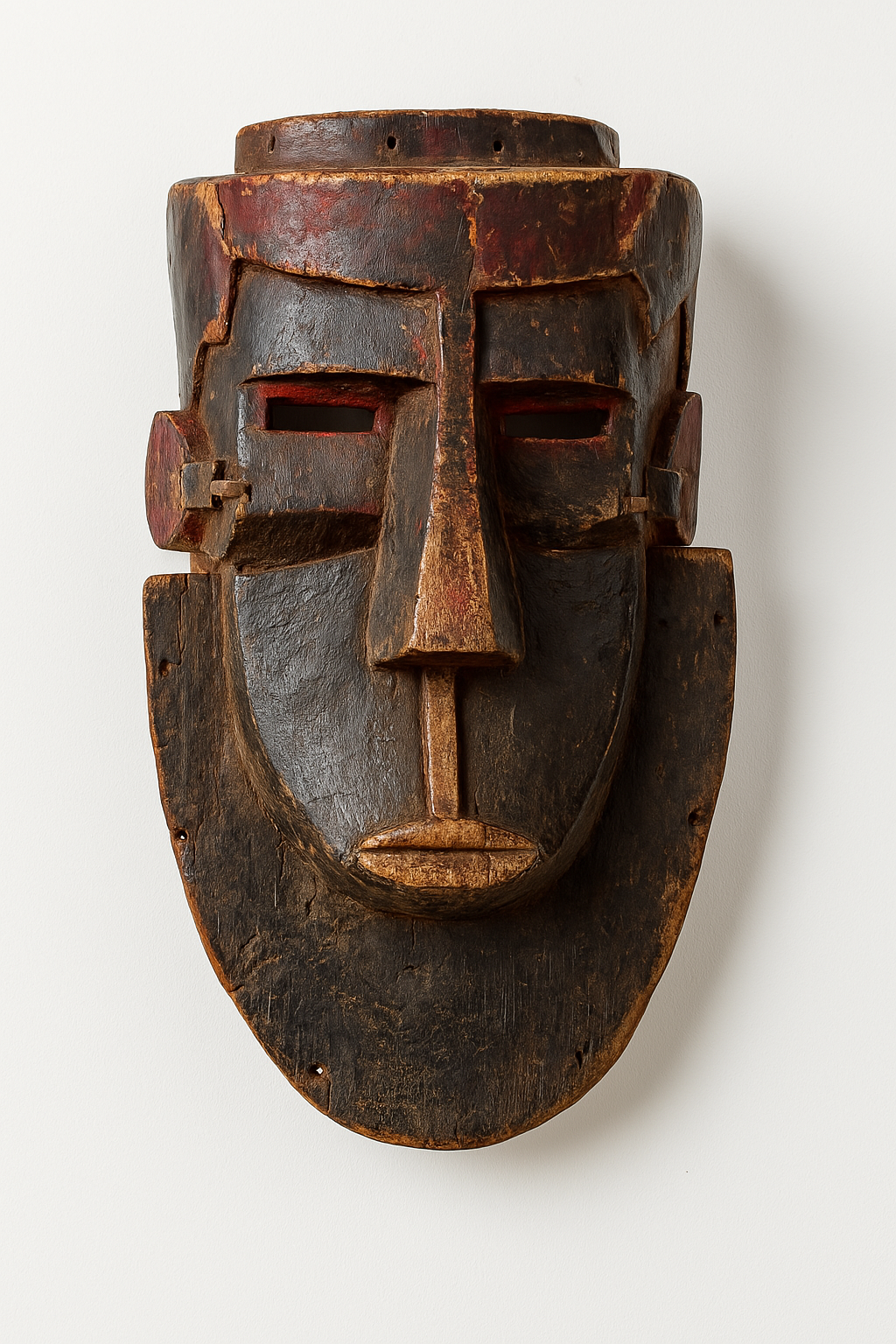
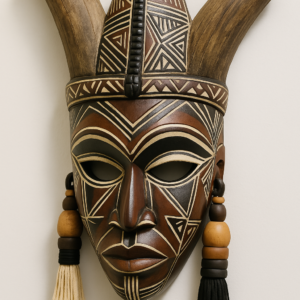
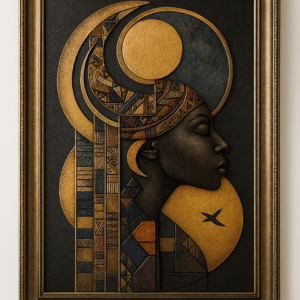
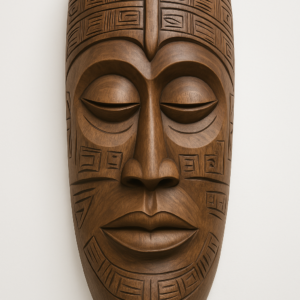
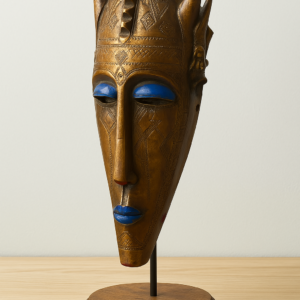

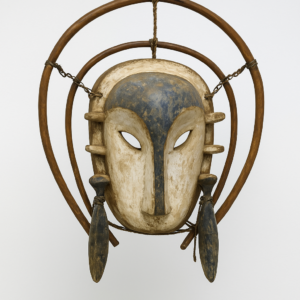
Reviews
There are no reviews yet.